 Weird Stuff
Weird Stuff  Weird Stuff
Weird Stuff  Mysteries
Mysteries 10 Tragic Disappearances and Deaths in Joshua Tree National Park
 History
History 10 Ways Childhood Really Sucked in the Old West
 Music
Music 10 Name Origins of Famous Bands from the 1990s
 Religion
Religion 10 Biggest Turnarounds by the Catholic Church
 Weird Stuff
Weird Stuff 10 Unbelievable Times Laws Had Unintended Consequences
 Humans
Humans Ten Historic Women Who Deserve Way More Credit Than They Got
 Movies and TV
Movies and TV 10 Films That Spawned Major Lawsuits
 History
History Ten Times Towns Were Wiped Off the Face of the Earth
 Creepy
Creepy 10 of the Most Disturbingly Haunted Public Houses in the UK
 Weird Stuff
Weird Stuff 10 Niche Subcultures That Are More Popular Than You Might Think
 Mysteries
Mysteries 10 Tragic Disappearances and Deaths in Joshua Tree National Park
 History
History 10 Ways Childhood Really Sucked in the Old West
Who's Behind Listverse?

Jamie Frater
Head Editor
Jamie founded Listverse due to an insatiable desire to share fascinating, obscure, and bizarre facts. He has been a guest speaker on numerous national radio and television stations and is a five time published author.
More About Us Music
Music 10 Name Origins of Famous Bands from the 1990s
 Religion
Religion 10 Biggest Turnarounds by the Catholic Church
 Weird Stuff
Weird Stuff 10 Unbelievable Times Laws Had Unintended Consequences
 Humans
Humans Ten Historic Women Who Deserve Way More Credit Than They Got
 Movies and TV
Movies and TV 10 Films That Spawned Major Lawsuits
 History
History Ten Times Towns Were Wiped Off the Face of the Earth
 Creepy
Creepy 10 of the Most Disturbingly Haunted Public Houses in the UK
10 Ways Pirates Made Life Better For African Slaves
During the Golden Age of Piracy (roughly 1650–1730), men under black flags were raiding and plundering ships across the Caribbean. We remember them as violent men, stealing and wreaking havoc on European lives.
Through another lens, though, pirates were something entirely different. The New World they tormented was filled with slaves, and a lot of the ships they attacked were filled with imprisoned Africans. To the Africans on those ships, the pirates weren’t just criminals—they were liberators, and they heralded the arrival of a better life.
10 The First Buccaneers Were Escaped Slaves

When we think of pirates in the Caribbean, white faces usually come to mind. We picture people like Blackbeard or Samuel Bellamy—Europeans buccaneers who raided other white men. The first buccaneers in recorded history, though, had dark skin. The record in question is the journal of a French sailor who, on the coast of Hispaniola, met two men he describes as “a mulatto and a negro.”
The men told him that they sustained themselves by poaching livestock. This wasn’t a confession of shameful sins; the men were making a sales pitch. Sailors’ lives were hard, and they were trying to recruit him and his sailors to join them in their pirating lives.
It worked. By the time the Frenchman returned to his ship, six of his crew had disappeared. His white crew had abandoned him, leaving the ship to serve under two black pirates.
9 Pirates Targeted Slave Ships
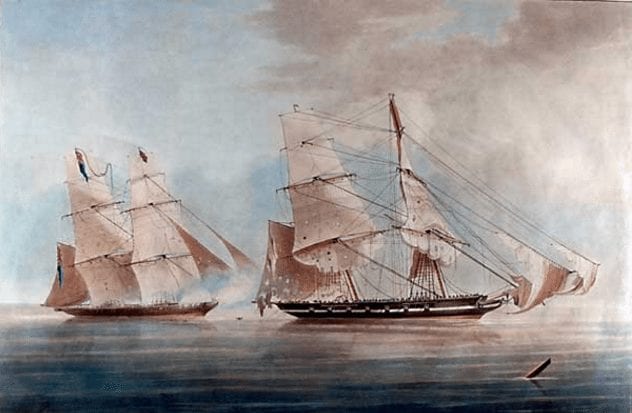
Pirates didn’t just attack any ship they saw. When they raided a ship, it was to make a profit, so they picked ones that were worth their while. No type of ship, though, was a bigger target for pirates than slave ships.
The pirates weren’t particularly concerned about African rights; they just wanted the ships. Slave ships were extremely useful for a pirate crew. They were usually fast as well as large, which gave them a lot of space to keep and feed their crew.
The most famous pirate ships in history were captured slave ships. Blackbeard’s Queen Anne’s Revenge and Samuel Bellamy’s Whydah were both stolen from slavers and turned into feared pirate vessels.
8 Pirates Freed Slaves

When a pirate crew captured a slave ship, they got a whole new crew. Often, they’d go into the lower decks, set the slaves free, and encourage them to join. This didn’t always happen. Some would just make the Africans slaves of their own, and some would do even worse. Black Bart, for example, once burned 80 slaves alive inside of a ship.
His cruelty, though, was an exception to the norm. Most pirates tried to avoid killing anyone if they could and didn’t bother trying to sell human cargo. Pirates were criminals, and it was difficult and dangerous for a criminal to sell to a slave trader, so they often just let the African slaves join their crew.
Escaped slaves would become pirates, too. In the early days of slavery, many slaves escaped. Some joined the maroons, which were communities of escaped slaves who survived by hiding in the mountains. Others, though, would meet up with pirate crews instead and join life on the sea.
7 Almost Every Pirate Ship Had Black Crewmen
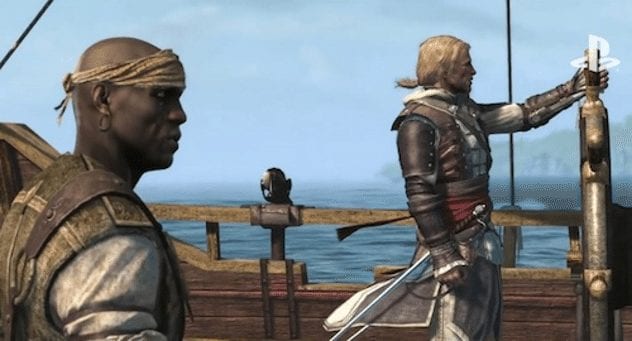
The records we have of pirate crews show that almost every ship had at least a few black pirates in the crew. In most cases, black pirates made up more than just a couple of scattered crew members. They were a big presence on pirate ships. In fact, an estimated 25 to 30 percent of pirates were black.
In some ships, the rate was much higher. Many ships had a majority black crew, including some of the most famous and notorious pirates of all. Blackbeard, for example, had 60 black crew members on a ship of 100 men. Some crews were almost entirely black. One record describes a pirate ship with 50 men, only one of whom had white skin.
6 Pirates Gave Voting Right To Africans Centuries Before Civil Rights
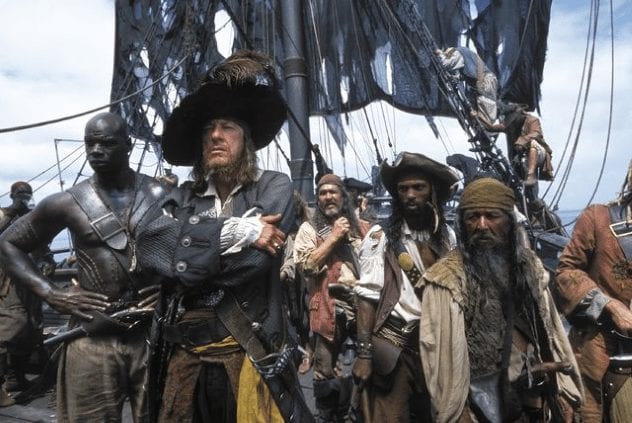
Pirate captains weren’t dictators. The only time they had absolute command over their crew was during a raid. The rest of the time, the ship was run democratically, with every person on the ship free to have a voice in how it was run.
Captains were elected, and every member of the crew was given a vote. They would also draw up articles with strict rules on how to live together and how to punish offenders. This means that in the 17th century, there were free and equal African-Americans voting for their leaders—but only on pirate ships.
5 Blackbeard’s Lieutenant Was An African Chieftain

Some black pirates rose up to high ranks and led crews of white men. One of them is legendary today: Black Caesar, the infamous pirate who ended up in Blackbeard’s crew.
Black Caesar was a chieftain in Africa until he was tricked and lured onto a slave ship. By chance, the slave ship was struck by a hurricane, and Black Caesar and white a crewman were the only ones to escape alive. Stranded at sea, the two men decided to lure in passing ships, rob them, and take them over. Soon, Black Caesar was leading his own pirate crew.
In time, he joined Blackbeard, but he kept a high rank. He was a lieutenant, one of the most important people on the ship. He was put in command of several white pirates, and Blackbeard trusted him with his life.
4 Black Pirates Could Curse Out White People
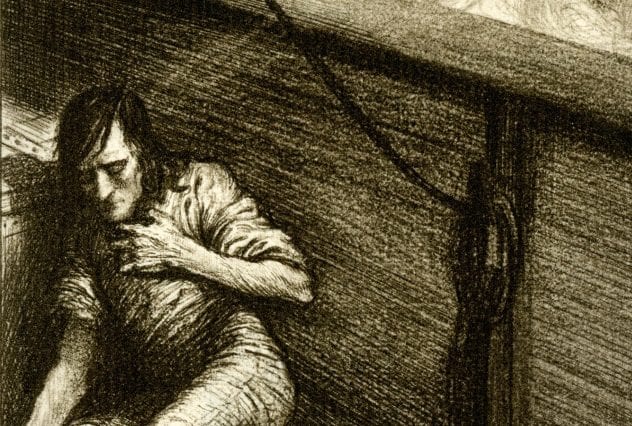
The inherent racism that pervaded European culture in the 17th century doesn’t seem to have existed on pirate ships. Black crew members didn’t have to be polite or well-mannered around their white crewmen. They could be as rude as they wanted.
One white sailor reported that after his ship was taken by the pirate Stede Bonnet, his crew was coerced into joining them. When he refused, a black pirate started cursing him out. He told the white sailor that he should be forced into slavery. The black man ended his tirade yelling, “You should be used as a negro!”
Stede Bonnet took the black pirate’s side. He heard the commotion, came over, and joined the black pirate in cursing the white man out. Then he did exactly what was suggested: He made the white man the black man’s slave.
3 Sea Shanties Started Out As Slave Songs
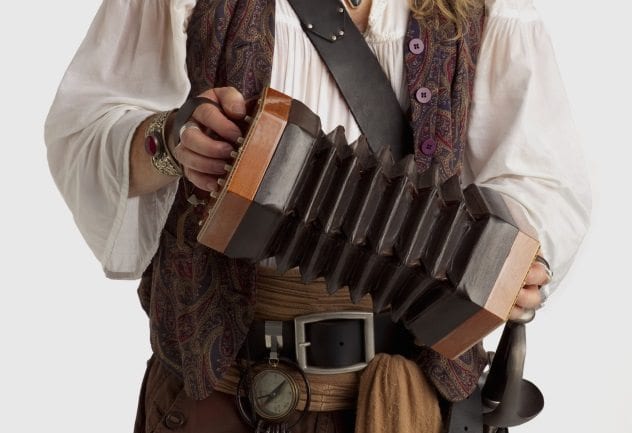
All the sea shanties that we link to pirates should actually be linked with something else: black slaves. According to one theory, sea shanties never would have existed without the influence of African music.
Some scholars claim that parts of sea shanties seem to be borrowed from African songs. It’s more than just similar sounds; some of the earlier sea shanties actually use the pidgin language of early African slaves, suggesting that they might have been written by Africans or adapted from their music.
The multiracial crews on board of these ships, they believe, would have come up with sea shanties through collaboration. The Africans on board sang while they worked, and the white crew members heard them and started to adapt their songs into songs of their own.
2 Captured Pirates Were Sold Back Into Slavery
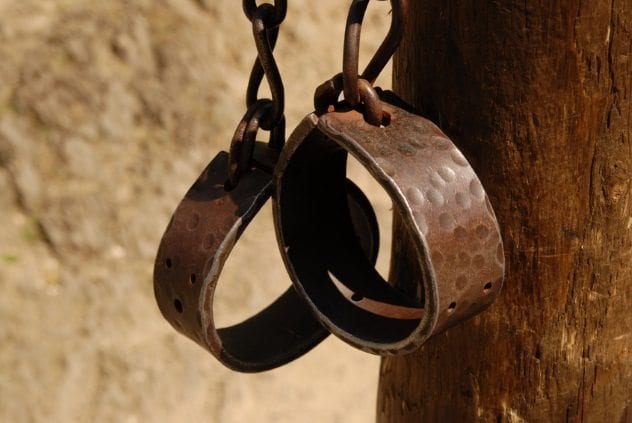
When an escaped African slave made it into a pirate crew, he had every reason to stay. Pirates gave them freedom and equality, and if they were separated from their brothers at sea, they’d find themselves back in chains.
One pirate on Samuel Bellamy’s crew was a black Miskito native named John Julian. On Bellamy’s ship, he was the pilot and one of the most important and respected people in the crew. When the ship crashed, though, all that changed. As soon as Julian was captured, he was sold into slavery, soon finding his way into the servitude of John Quincy, the grandfather of President John Quincy Adams.
Julian managed to escape and even killed a bounty hunter who was trying to catch him. In the end, though, he didn’t get away. The pilot was caught and executed because he refused to become a slave.
1 Slavery Boomed When The Golden Age Of Piracy Ended
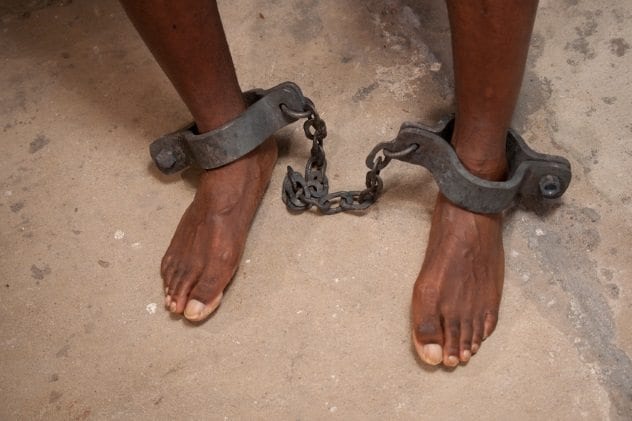
Pirates actually made a difference. The slave trade economy was crippled by pirate raids. Bringing slave ships to the New World became incredibly dangerous and costly, and pirate raids made life Hell for the slavers. According to Marcus Rediker, slavery in the New World didn’t have a chance until the pirates were gone.
The Golden Age of Piracy ended, according to some, when the pirate Black Bart died. Within ten years, slavery was booming, and England had more slaves than any other country in the Western world. Pirate raids on slavers and their ships were the one thing that held the slave trade back. Once they were out of the way, slavery came into full swing.
Pirates didn’t set out to make the world a better place—but in a strange way, they actually did.








